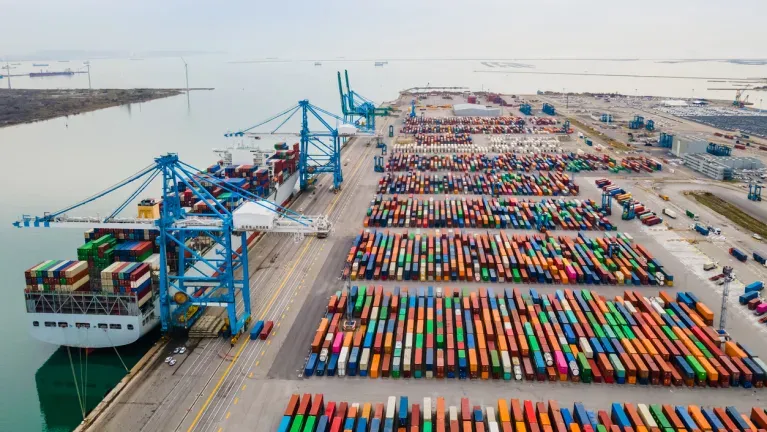In response to the growing port crisis on the west coast of North America, President Joe Biden has taken action and sent his labor secretary to California in an effort to negotiate a pay agreement between employers and dockworkers.
Several terminals in the United States have experienced sporadic walkouts over the past 11 days as a result of unions' decision to take action after 13 months of pay negotiations.
The situation has gotten worse since news that members of the International Longshore and Warehouse Union Canada have overwhelmingly voted to proceed with a 72-hour strike at the ports of Vancouver and Prince Rupert, industrial action that is likely to take place before the end of this month.
Supply chain executives are also concerned about the expanding congestions south of the border, particularly at the Panama Canal, which has been impacted by the drought (see the map below).
The White House sent the administration's acting labor secretary, Julie Su, to California yesterday to meet with union members and the employers group, the Pacific Maritime Association, after receiving numerous calls to intervene. The California Labor and Workforce Development Agency's secretary was Su's previous position.
"The Biden administration requires a magic wand to resolve this issue in a New York minute." If the political sledgehammer isn't used, there will be a long, difficult road ahead, so pack your bags, warned Peter Sand, chief analyst of the Oslo-based freight rate platform Xeneta, via LinkedIn.
The Taft-Hartley Act gives Biden the power to compel the return to normal port operations. George W. Bush was the last president to do so. In 2002, after port employers locked out union longshore workers, he used that federal law.
The most recent information from Danish box watchers eeSea indicates relatively little disruption.
“Up to this point, we have not observed any significant departures from US ports, with the exception of Oakland. Throughout the WC, there are delays, but not as many as have become the norm over the past three years. Finally, congestion still appears to be manageable: According to an eeSea update, the only ports with congestion readings above 50% are Seattle and Tacoma.




